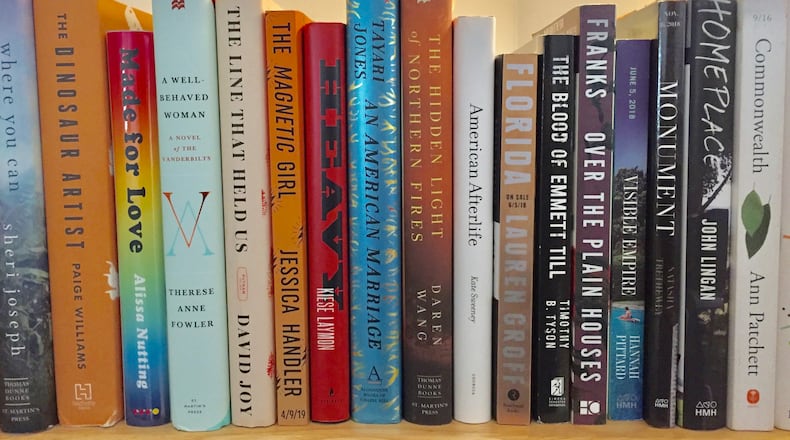In September 1955, the judge presiding over the Sumner, Miss., trial of Roy Bryant and J. W. Milam, charged with the kidnapping and murder of 14-year-old Emmett Till, ordered that no photographs be taken in the courtroom. But Memphis photographer Ernest Withers — who days earlier helped law enforcement and NAACP officers track down additional witnesses for the prosecution — could abide by no such rule. When Till’s uncle Moses Wright took the stand to testify against the defendants and extended his arm to identify Milam, Withers aimed his camera and snapped the iconic photo.
The next day, 18-year-old sharecropper Willie Reed testified that he saw Till in the back of a green and white ’55 Chevy pickup truck a few hours after the alleged kidnapping. After his testimony, Till’s grateful mother reached for Reed’s hand. Withers snapped that photo, too. And on September 24, before the all-white jury returned the verdict, Withers snapped the photo of the grieving mother exiting the courthouse, her eyes downcast, knowing her only child and son would be denied justice that day.
In "Bluff City, the Secret Life of Photographer Ernest Withers," Preston Lauterbach unlocks the origin and evolution of a man whose famous photographs of the civil rights era ignited the nation. "In this age of revolution, the world slowed in Withers' lens," writes Lauterbach. This was the case whether Withers was shooting the rallies and marches that flooded the streets of Memphis, or the quiet, reflective moments of emblematic figures. Withers was always there, rushing back to his Beale Street studio to develop his masterpieces. "Pictures Tell the Story," may have been his motto, but life as a full-time freelance photographer was never an easy beat. "His work had gotten him beaten and arrested and threatened with death," writes Lauterbach.
Withers possessed an incomparable talent and a keen sense of timing, and his photos from Bryant and Milam’s criminal trial were merely the tip of the iceberg. He captured some of the most powerful images of the 1950s and 1960s, and his photos number in the thousands. His genius, in part, stemmed from his ability to anticipate great moments in history before they happened. Early in his career, he shot a then young, eager and unknown Elvis Presley visiting a renowned nightclub just off of Beale Street called the Flamingo Room. Later, in the summer of 1956, the photographer snapped a photo of Presley talking with B.B. King.
Withers photographed Martin Luther King Jr. gazing out of the passenger window while seated next to the Rev. Ralph Abernathy on one of the first integrated city bus rides in Montgomery, Ala. The photo made the front page of the regaled black weekly newspaper, The Chicago Defender, and now hangs in the National Portrait Gallery in Washington, D.C. Twelve years later on March 28, 1968, in one of Withers’ most famous photos, Memphis sanitation marchers hold “I AM A MAN” signs tacked to wooden posts. In another, an anxious King leads the ill-fated march, which, minutes later, would devolve into looting and violence.
But Withers’ life story harbors a curious twist. Three years after he died in 2007 at the age of 85, Marc Perrusquia of the Memphis Commercial Appeal reported that the photographer, respected and trusted by many civil rights leaders, had been a paid informant for the FBI in the 1960s. At a time when the U.S. government (specifically J. Edgar Hoover’s FBI) linked racial disturbance and anti-war sentiment to communism, Withers served as the top racial informant for special agent William Lawrence until Lawrence retired in 1970. To say that the news of Withers’ duplicity stunned the civil rights community is an understatement.
Yet “Bluff City” is far from a condemnation of Withers’ intelligence activities. To the contrary, Lauterbach is a sympathetic narrator — his own grandfather worked for the CIA during the Cold War. From him, Lauterbach came to understand that operatives’ secrets were not necessarily about “evil deeds.” “I knew — just as clearly as I could see the twinkle in my grandfather’s eyes — that Withers’ work wasn’t necessarily evil, and that there was a hell of a lot more to the story.”
For the most part, Withers’ kept quiet about his work for his handler. But he revealed in one interview that he had a firm limit for what he was willing to pass along to the Feds. About the 1968 Memphis sanitation strike organizers, Withers said, “I was always interested in their outside work, but I tried not to know too much about the inside because I always had FBI agents looking over my shoulder and wanting to question me. I never tried to learn any high-powered secrets. It would have just been trouble.” Ultimately, Lauterbach posits, Withers turned over information he believed would advance the cause of the civil rights movement and he did this with great intention and purpose.
“Bluff City” provides a meticulous and engrossing context for Withers’ FBI work. Lauterbach argues persuasively that the espionage of the man he deems a “photographer-hero-spy” (in that order) should in no way tarnish or overshadow his astonishing legacy as an artist. After all, the grave injustices of systemic racism in the South, especially but not limited to segregation and voting disenfranchisement, coupled with Withers’ desires to win equality for black people, were what compelled him to partner with the FBI in the first place.
From Lauterbach’s perspective, the penetrating photographs of this “flawed hero” narrated and have continued to shape the course of American history. For this reason, Withers’ role as a FBI informant requires no redemption. Concludes Lauterbach, “I think we have to embrace him for all he was.”
NONFICTION
‘Bluff City: The Secret Life of Photographer Ernest Withers’
by Preston Lauterbach
W. W. Norton & Company
352 pages, $27.95
About the Author
Keep Reading
The Latest
Featured



